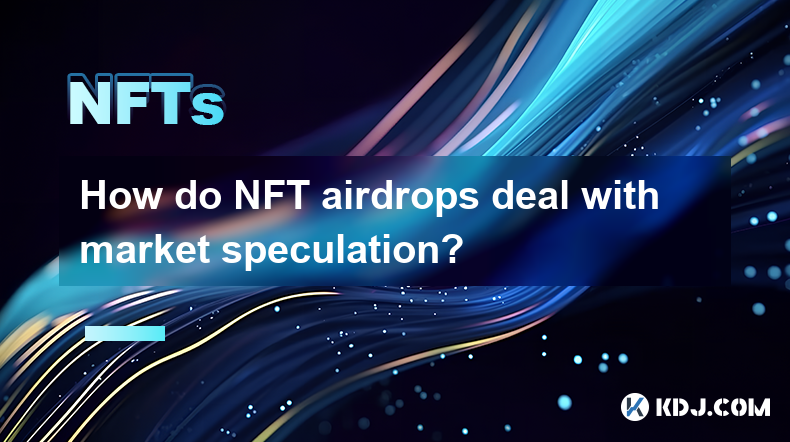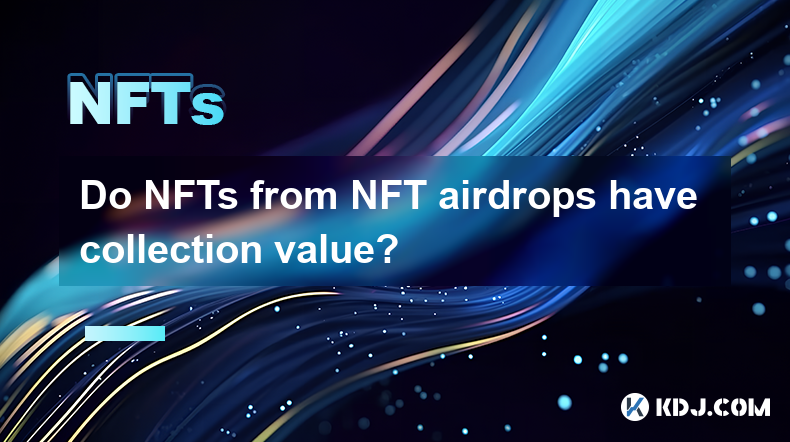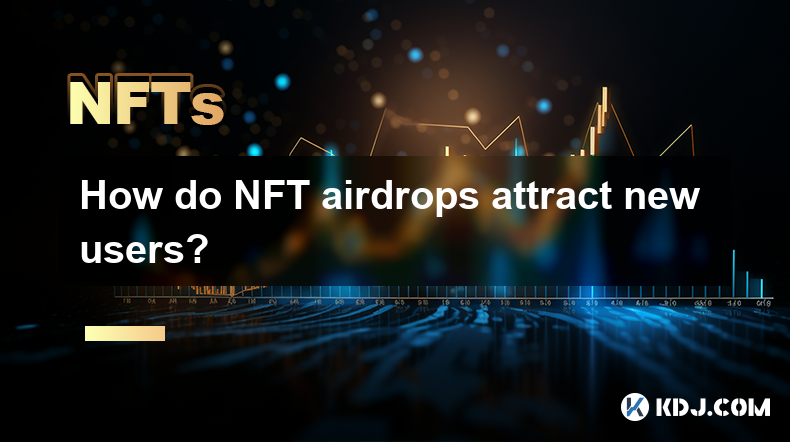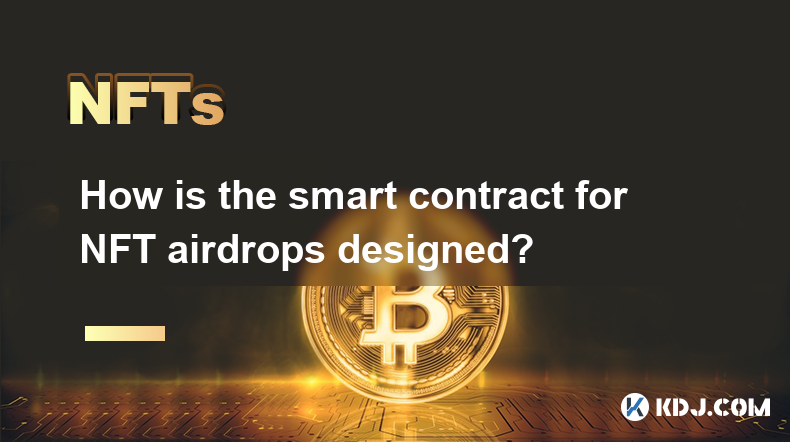-
 Bitcoin
Bitcoin $87,985.5737
0.72% -
 Ethereum
Ethereum $1,574.8026
-3.90% -
 Tether USDt
Tether USDt $0.9999
0.00% -
 XRP
XRP $2.0783
-1.83% -
 BNB
BNB $600.4630
-0.57% -
 Solana
Solana $138.7268
-1.43% -
 USDC
USDC $1.0000
0.00% -
 Dogecoin
Dogecoin $0.1604
-0.49% -
 TRON
TRON $0.2468
0.93% -
 Cardano
Cardano $0.6232
-2.68% -
 Chainlink
Chainlink $13.0447
-3.65% -
 UNUS SED LEO
UNUS SED LEO $9.1903
-2.36% -
 Avalanche
Avalanche $19.7884
-0.95% -
 Stellar
Stellar $0.2455
-2.64% -
 Toncoin
Toncoin $2.9136
-3.77% -
 Shiba Inu
Shiba Inu $0.0...01234
-3.12% -
 Sui
Sui $2.2351
0.79% -
 Hedera
Hedera $0.1701
-0.34% -
 Bitcoin Cash
Bitcoin Cash $343.8870
1.52% -
 Hyperliquid
Hyperliquid $18.4355
1.81% -
 Litecoin
Litecoin $78.5146
-0.23% -
 Polkadot
Polkadot $3.7235
-4.61% -
 Dai
Dai $1.0000
0.00% -
 Bitget Token
Bitget Token $4.4307
-2.55% -
 Ethena USDe
Ethena USDe $0.9992
-0.01% -
 Pi
Pi $0.6322
-0.72% -
 Monero
Monero $215.4354
-0.09% -
 Pepe
Pepe $0.0...07934
0.95% -
 Uniswap
Uniswap $5.2398
-3.49% -
 OKB
OKB $50.8827
-0.49%
What are the environmental disputes and energy consumption issues of NFT?
NFTs' environmental impact stems from energy-intensive blockchain technologies, particularly Proof-of-Work, used for minting and trading, raising concerns about electricity consumption and carbon emissions; however, mitigation strategies and a push for transparency are emerging.
Feb 28, 2025 at 02:31 pm

What are the environmental disputes and energy consumption issues of NFT?
Key Points:
- Proof-of-Work Consensus Mechanisms and Energy Consumption: The primary source of environmental concern surrounding NFTs stems from the energy consumption of the blockchains they often reside on, particularly those using Proof-of-Work (PoW) consensus mechanisms like Bitcoin and Ethereum (before the Merge). We will explore the mechanics of PoW and its energy intensity.
- Electricity Consumption and Carbon Footprint: We will delve into the quantification of NFT minting and trading's energy consumption, analyzing the varying carbon footprints depending on the blockchain used and the specific NFT project.
- The Role of Mining and Transaction Verification: We will examine the processes involved in mining and transaction verification, highlighting their energy-intensive nature and the environmental impact of the hardware involved.
- Counterarguments and Mitigation Strategies: We will discuss arguments against the severity of the environmental impact and explore the emerging solutions and technologies aiming to reduce the energy consumption associated with NFTs.
- The Importance of Transparency and Disclosure: We will emphasize the necessity for transparency in reporting energy consumption data and the ethical responsibility of NFT creators and platforms to disclose their environmental impact.
Unordered List of Detailed Explanations:
- Proof-of-Work Consensus Mechanisms and Energy Consumption:
Proof-of-Work (PoW) is a consensus mechanism used by many cryptocurrencies, including Bitcoin and, historically, Ethereum. It involves a complex computational process where miners compete to solve cryptographic puzzles. The first miner to solve the puzzle gets to add the next block of transactions to the blockchain and receives a reward in cryptocurrency. The energy consumption stems directly from the massive computational power required for this competition. Thousands of specialized computers, known as ASICs (Application-Specific Integrated Circuits), consume vast amounts of electricity around the clock to solve these puzzles. The more miners participating, and the more complex the puzzles become, the higher the overall energy consumption. The inherent competition in PoW inherently leads to a race to acquire more computational power, fueling an ever-increasing energy demand. This race is not only wasteful but also contributes significantly to greenhouse gas emissions, as a large portion of the electricity powering these mining operations comes from fossil fuels. Furthermore, the geographical distribution of mining operations often favors regions with cheap, often unsustainable, energy sources, exacerbating the environmental problem. Understanding the fundamental workings of PoW is crucial to grasping the environmental concerns surrounding NFTs, as many NFTs are minted and traded on PoW blockchains. The sheer scale of this global computational race is what makes it a significant environmental concern, particularly when considering the cumulative effect of countless transactions and NFT creations. The complexity of the cryptographic puzzles is designed to be computationally expensive, making it extremely difficult for malicious actors to manipulate the blockchain. However, this security comes at a considerable environmental cost.
- Electricity Consumption and Carbon Footprint:
Quantifying the precise electricity consumption and carbon footprint of NFTs is challenging due to the decentralized nature of blockchain technology and the variability of energy sources used in different mining operations. However, various studies have attempted to estimate the environmental impact. These studies often consider factors like the blockchain used, the number of transactions involved in minting and trading an NFT, the energy efficiency of the mining hardware, and the carbon intensity of the electricity source. For instance, minting a single NFT on a PoW blockchain like Bitcoin could consume several kilowatt-hours of electricity, equivalent to the energy used by an average household for several hours. The carbon footprint associated with this energy consumption varies depending on the region and the source of electricity. In regions relying heavily on coal-fired power plants, the carbon footprint would be significantly higher than in regions using predominantly renewable energy sources. Furthermore, the energy consumption associated with NFT trading is also significant, as each transaction requires computational power for verification and addition to the blockchain. The cumulative effect of millions of NFT transactions contributes to a substantial overall energy consumption and carbon footprint. The lack of standardized methodologies for measuring the environmental impact of NFTs makes it difficult to provide precise figures, but the general consensus is that NFTs, particularly those on PoW blockchains, have a substantial environmental impact. The variability in energy sources and mining efficiency makes it crucial to consider the specific context when assessing the environmental impact of an individual NFT or a particular NFT project.
- The Role of Mining and Transaction Verification:
The processes of mining and transaction verification are at the heart of the environmental concerns surrounding NFTs. Mining, as previously discussed, involves solving complex cryptographic puzzles to add new blocks of transactions to the blockchain. This process requires enormous computational power, leading to significant electricity consumption. The hardware used for mining, particularly ASICs, is specifically designed for this purpose and is highly energy-intensive. The cooling requirements for these machines also add to the overall energy consumption. Transaction verification involves validating each transaction on the blockchain to ensure its legitimacy and prevent fraudulent activities. This process also requires computational power and energy. The more transactions occur, the higher the energy consumption associated with verification. The environmental impact of mining and transaction verification is exacerbated by the decentralized nature of blockchain technology. Mining operations are distributed globally, making it difficult to regulate and monitor their energy consumption and carbon footprint. Many mining operations are located in regions with cheap but environmentally unsustainable energy sources, contributing to higher greenhouse gas emissions. The scalability of blockchain technology is also a critical factor. As the number of transactions and the complexity of the blockchain increase, so does the energy consumption associated with mining and transaction verification. This poses a significant challenge for the long-term sustainability of blockchain-based technologies, including NFTs.
- Counterarguments and Mitigation Strategies:
While the environmental concerns surrounding NFTs are significant, there are counterarguments and mitigation strategies being developed to address these issues. Some argue that the overall energy consumption of the cryptocurrency industry is relatively small compared to other industries, such as transportation or manufacturing. Others point to the potential benefits of blockchain technology, such as increased transparency and security, as outweighing the environmental costs. However, these arguments often overlook the rapid growth of the NFT market and the potential for its energy consumption to increase exponentially. Mitigation strategies are crucial to address these concerns. The shift from PoW to Proof-of-Stake (PoS) consensus mechanisms is a significant development. PoS requires significantly less energy than PoW, as it relies on validators staking their cryptocurrency rather than solving complex cryptographic puzzles. Ethereum's transition to PoS is a major step in reducing the environmental impact of blockchain technology. The development of more energy-efficient mining hardware and the increasing use of renewable energy sources for mining operations are also important mitigation strategies. Carbon offsetting initiatives, where organizations invest in projects that reduce greenhouse gas emissions to compensate for their own emissions, are also being explored. However, the effectiveness and transparency of carbon offsetting schemes remain debatable. The adoption of layer-2 scaling solutions can also reduce the energy consumption associated with transaction verification. Layer-2 solutions process transactions off-chain, reducing the load on the main blockchain and thus reducing energy consumption.
- The Importance of Transparency and Disclosure:
Transparency and disclosure are crucial for addressing the environmental concerns surrounding NFTs. NFT creators and platforms have an ethical responsibility to provide clear and accurate information about the energy consumption and carbon footprint of their NFTs. This includes disclosing the blockchain used, the energy efficiency of the mining hardware, and the source of electricity used in the mining process. Transparency allows consumers to make informed decisions about which NFTs to purchase and support projects committed to sustainability. Standardized methodologies for measuring and reporting the environmental impact of NFTs are also necessary. This would enable better comparison between different NFT projects and facilitate the development of effective mitigation strategies. Independent audits and certifications can also enhance transparency and accountability. Regulatory frameworks that require disclosure of environmental information could further incentivize sustainable practices within the NFT industry. Without transparency and accountability, it is difficult to assess the true environmental impact of NFTs and to hold NFT creators and platforms responsible for their environmental footprint. This lack of transparency hinders the development of effective solutions and perpetuates unsustainable practices within the NFT ecosystem. The demand for transparency from consumers and regulators will play a crucial role in driving the industry towards more sustainable practices.
FAQs:
Q: What is the biggest environmental concern related to NFTs?
A: The biggest environmental concern is the high energy consumption associated with the creation and trading of NFTs, particularly those on Proof-of-Work (PoW) blockchains. This high energy consumption often leads to significant greenhouse gas emissions.
Q: How does the type of blockchain affect the environmental impact of NFTs?
A: Proof-of-Work (PoW) blockchains, like Bitcoin's, consume significantly more energy than Proof-of-Stake (PoS) blockchains. NFTs minted on PoW blockchains have a much larger carbon footprint.
Q: Are all NFTs equally harmful to the environment?
A: No. The environmental impact varies significantly depending on the blockchain used, the energy efficiency of the mining process, and the overall number of transactions involved. NFTs on PoS blockchains have a far smaller impact than those on PoW blockchains.
Q: What are some ways to reduce the environmental impact of NFTs?
A: Switching to PoS blockchains, using more energy-efficient mining hardware, utilizing renewable energy sources for mining, implementing carbon offsetting programs, and adopting layer-2 scaling solutions are all potential ways to mitigate the environmental impact.
Q: What role do consumers play in reducing the environmental impact of NFTs?
A: Consumers can make informed choices by supporting NFT projects that are transparent about their energy consumption and carbon footprint, and by prioritizing projects that utilize more sustainable technologies and practices. Demand for transparency will drive the industry towards more responsible actions.
Q: Are there any regulations addressing the environmental impact of NFTs?
A: Currently, there are limited specific regulations directly addressing the environmental impact of NFTs. However, broader regulations related to energy consumption and carbon emissions might indirectly affect the NFT industry. The development of such regulations is an ongoing process.
Disclaimer:info@kdj.com
The information provided is not trading advice. kdj.com does not assume any responsibility for any investments made based on the information provided in this article. Cryptocurrencies are highly volatile and it is highly recommended that you invest with caution after thorough research!
If you believe that the content used on this website infringes your copyright, please contact us immediately (info@kdj.com) and we will delete it promptly.
- Reserve Protocol's RSR token surges over 13% after Coinbase listing announcement
- 2025-04-22 13:40:11
- Bitcoin (BTC) May Soon Mirror Gold's Price Trajectory, Setting Up a $450,000 Target by Year-End
- 2025-04-22 13:40:11
- PEPE price prediction: Bullish breakout could be the start of a rally
- 2025-04-22 13:35:12
- Pi Network (PI) Price Prediction: Experts Forecast Jump to $5
- 2025-04-22 13:35:12
- 4 Altcoins That Will Explode in 2025: What Web3 ai, XRP, Cardano, and PEPE Are Signaling Now
- 2025-04-22 13:30:12
- Mantra (OM) founder and CEO John Patrick Mullin has started unstaking 150 million of his Mantra (OM) tokens
- 2025-04-22 13:30:12
Related knowledge

How to display and trade NFTs from NFT airdrops?
Apr 18,2025 at 04:42am
How to Display and Trade NFTs from NFT Airdrops? NFT airdrops have become a popular way for projects to distribute their tokens and engage with their community. If you've received NFTs through an airdrop, you might be wondering how to display and trade them. This article will guide you through the process step-by-step, ensuring you can showcase your NFT...

How do NFT airdrops deal with market speculation?
Apr 20,2025 at 10:28pm
NFT airdrops have become a significant phenomenon in the cryptocurrency space, often used as a marketing tool to distribute tokens or digital assets to a wide audience. However, they also introduce elements of market speculation that can impact the value and perception of NFTs. This article explores how NFT airdrops deal with market speculation, delving...

Do NFTs from NFT airdrops have collection value?
Apr 18,2025 at 11:49pm
NFTs, or non-fungible tokens, have become a significant part of the cryptocurrency ecosystem, and NFT airdrops are one way for projects to distribute these digital assets to their community. A common question that arises is whether NFTs received from airdrops have any collection value. To answer this question, we need to delve into various aspects of NF...

How do NFT airdrops attract new users?
Apr 21,2025 at 07:21am
NFT airdrops have become a popular strategy within the cryptocurrency community to attract new users and engage existing ones. By distributing free NFTs to a targeted audience, projects can create buzz, increase visibility, and foster a sense of community. This method leverages the allure of free digital assets to draw in participants who might not have...

How is the smart contract for NFT airdrops designed?
Apr 18,2025 at 03:10am
The design of a smart contract for NFT airdrops is a complex process that requires careful consideration of various factors to ensure the airdrop is executed smoothly and securely. This article will delve into the intricacies of how such a smart contract is designed, focusing on key components, security measures, and the implementation process. Key Comp...

Will NFT airdrops affect the market value of NFT?
Apr 22,2025 at 06:56am
The impact of NFT airdrops on the market value of NFTs is a topic of significant interest within the cryptocurrency and digital asset community. NFT airdrops, where creators or platforms distribute free NFTs to a targeted group of recipients, can have various effects on the market value of NFTs. This article delves into the different ways NFT airdrops c...

How to display and trade NFTs from NFT airdrops?
Apr 18,2025 at 04:42am
How to Display and Trade NFTs from NFT Airdrops? NFT airdrops have become a popular way for projects to distribute their tokens and engage with their community. If you've received NFTs through an airdrop, you might be wondering how to display and trade them. This article will guide you through the process step-by-step, ensuring you can showcase your NFT...

How do NFT airdrops deal with market speculation?
Apr 20,2025 at 10:28pm
NFT airdrops have become a significant phenomenon in the cryptocurrency space, often used as a marketing tool to distribute tokens or digital assets to a wide audience. However, they also introduce elements of market speculation that can impact the value and perception of NFTs. This article explores how NFT airdrops deal with market speculation, delving...

Do NFTs from NFT airdrops have collection value?
Apr 18,2025 at 11:49pm
NFTs, or non-fungible tokens, have become a significant part of the cryptocurrency ecosystem, and NFT airdrops are one way for projects to distribute these digital assets to their community. A common question that arises is whether NFTs received from airdrops have any collection value. To answer this question, we need to delve into various aspects of NF...

How do NFT airdrops attract new users?
Apr 21,2025 at 07:21am
NFT airdrops have become a popular strategy within the cryptocurrency community to attract new users and engage existing ones. By distributing free NFTs to a targeted audience, projects can create buzz, increase visibility, and foster a sense of community. This method leverages the allure of free digital assets to draw in participants who might not have...

How is the smart contract for NFT airdrops designed?
Apr 18,2025 at 03:10am
The design of a smart contract for NFT airdrops is a complex process that requires careful consideration of various factors to ensure the airdrop is executed smoothly and securely. This article will delve into the intricacies of how such a smart contract is designed, focusing on key components, security measures, and the implementation process. Key Comp...

Will NFT airdrops affect the market value of NFT?
Apr 22,2025 at 06:56am
The impact of NFT airdrops on the market value of NFTs is a topic of significant interest within the cryptocurrency and digital asset community. NFT airdrops, where creators or platforms distribute free NFTs to a targeted group of recipients, can have various effects on the market value of NFTs. This article delves into the different ways NFT airdrops c...
See all articles























































































